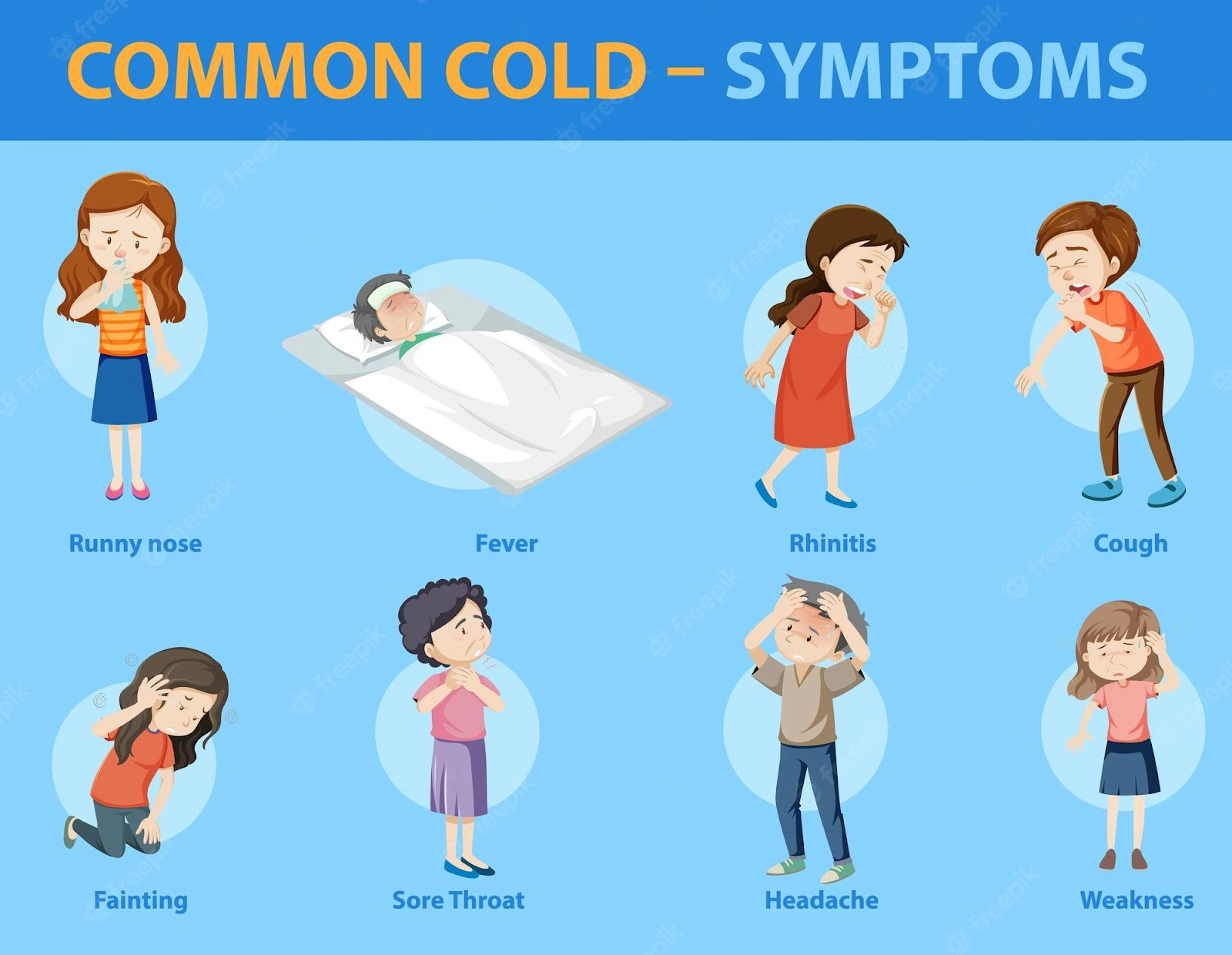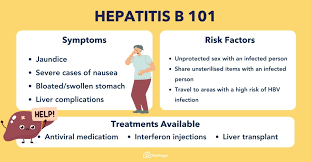
Table of Contents
The common cold is one of the most widespread viral infections, affecting millions worldwide every year. Though usually mild, it causes discomfort, reduces productivity, and spreads rapidly, especially in schools, offices, and crowded places.
The illness is mainly caused by rhinoviruses, but more than 200 viruses can trigger cold symptoms. While it is not dangerous for most people, complications can arise in children, elderly, or those with weak immune systems.
🔎 Causes / Risk Factors
The common cold spreads through airborne droplets, direct contact, or contaminated surfaces.
Main Causes:
- Viruses: Rhinoviruses, coronaviruses, adenoviruses, etc.
- Airborne Transmission: When an infected person coughs/sneezes.
- Surface Contact: Touching contaminated objects (phones, doorknobs, utensils).
- Close Contact: Shaking hands or sharing food with infected individuals.
Risk Factors:
- Weakened immunity (stress, lack of sleep, poor nutrition).
- Seasonal changes – More common in winter and monsoon.
- Children & Students – Higher exposure in schools.
- Crowded areas – Public transport, offices, markets.
- Smoking/Passive Smoking – Irritates respiratory tract, increasing risk.
⚠ Common Issues / Symptoms
Cold symptoms typically appear 1–3 days after exposure and last about a week:
- Runny or stuffy nose 🤧
- Sneezing and sore throat
- Mild headache and body ache
- Cough (dry or with mucus)
- Fatigue, mild fever (mostly in children)
- Watery eyes, irritation
- Reduced appetite
👉 Symptoms are usually mild, but in some cases, it can lead to sinus infection, ear infection, bronchitis, or worsen asthma.
📊 Table 1: Myths vs Facts
| Myths | Facts |
|---|---|
| Cold is caused by cold weather | Cold is caused by viruses, not temperature |
| Antibiotics cure common cold | Antibiotics don’t work against viruses |
| Vitamin C prevents colds completely | Vitamin C may reduce severity, but doesn’t fully prevent colds |
| You can “sweat out” a cold | Rest, fluids, and time are the best remedies |
| Only children get frequent colds | Adults also get 2–4 colds per year |
📋 Table 2: Do’s and Don’ts
| Do’s ✅ | Don’ts ❌ |
|---|---|
| Drink plenty of fluids (warm water, soups) | Overuse antibiotics unnecessarily |
| Get enough rest and sleep | Go to crowded places while contagious |
| Use tissues/handkerchief while sneezing | Share utensils, towels, or bottles |
| Wash hands frequently | Smoke or stay near smokers |
| Take steam inhalation for relief | Ignore persistent high fever or breathing difficulty |
🌱 Prevention / Awareness Tips
- Wash hands regularly – Use soap and water or sanitizer.
- Avoid touching face – Reduces virus entry through eyes/nose/mouth.
- Strengthen immunity – Balanced diet, exercise, and good sleep.
- Stay away from infected people – Limit close contact during outbreaks.
- Use masks in crowded places – Especially during flu season.
- Disinfect frequently touched surfaces – Phones, keyboards, doorknobs.
💊 Treatment / Care
There is no cure for the common cold, but symptoms can be managed:
- Rest & Fluids – Essential for faster recovery.
- Over-the-counter Medicines:
- Paracetamol for fever and headache.
- Antihistamines for runny nose.
- Cough syrups (under doctor’s advice).
- Home Remedies:
- Warm salt-water gargle for sore throat.
- Steam inhalation for congestion.
- Herbal teas with ginger, honey, or tulsi.
⚠ Seek medical help if:
- High fever (>102°F).
- Cold lasts more than 10 days.
- Difficulty breathing or chest pain.
- Symptoms worsen instead of improving.
📖 Case Study / Real-Life Example
During winter in Delhi, school absenteeism rises by 20–30% due to common cold and flu infections. Schools promoting handwashing campaigns and mask use during flu season saw a sharp decline in cases, showing that simple hygiene practices are powerful in prevention.
❓ FAQs
Q1. How long does a cold last?
A1. Usually 7–10 days, though mild cough may persist longer.
Q2. Can antibiotics cure cold?
A2. No, antibiotics fight bacteria, not viruses.
Q3. Is cold contagious?
A3. Yes, especially during the first 3 days of symptoms.
Q4. Can herbal remedies help?
A4. Yes, remedies like ginger, honey, and tulsi tea help relieve symptoms, but they don’t kill the virus.
Q5. Can stress increase chances of cold?
A5. Yes, stress weakens immunity, making you more vulnerable.
Q6. Is it normal to get cold several times a year?
A6. Yes. Children may get 6–8 colds per year; adults 2–4.
🏁 Conclusion
The common cold may seem minor, but it impacts health, work, and daily life significantly. The key is prevention through hygiene, strong immunity, and early care.
💡 Remember: Cold has no cure, but with rest, fluids, and care, recovery is quick. Prevention is your best shield.


